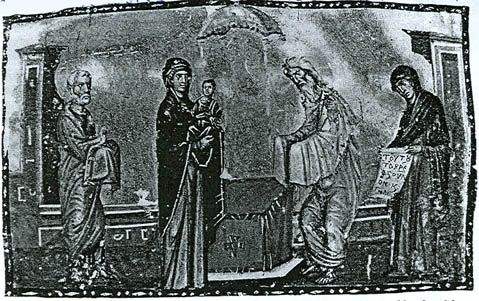Toronto inaugurated its largest Hindu temple last Saturday.
It was an event full of dignitaries, with the Toronto mayor, the Ontario Premier and Prime Minister Harper himself making speeches.
The building cost around $40 million of private funds (as the Hindu community was so proud to point out - not multicultural grants) and had around 400 volunteers to help with the project.
All of the carving was done by Indian craftsmen (back in India) with first class material of limestone from Turkey and marble from Italy.
This particular project is not isolated. The organization that planned this temple, the BAPS Swaminarayan, has also built similar giant buildings around the world. The first in the West is the London Temple, and only last year another was built in Houston.
While the Muslims are noisily going about making their presence known, the Hindus have been quietly working behind the scenes changing the Canadian landscape just as effectively.
Recently, the "Canadian" victims of Air India Flight 182, which exploded in mid-air over the Atlantic in 1985, and is considered the work of Sikh separatists, received another dignitary-worthy commemoration to inaugurate a memorial in Toronto. No-one of course asks what this has to do with real Canadians. The Sikhs blew up a plane full of Indians traveling to India, for a particularly Indian grievance.
Well, this time, the funds for the public inquiry initiated by Harper do come from the government.



BAPS Swaminarayan clone temples in Chicago, Toronto and Houston. Comfort in numbers? Strength in size?


